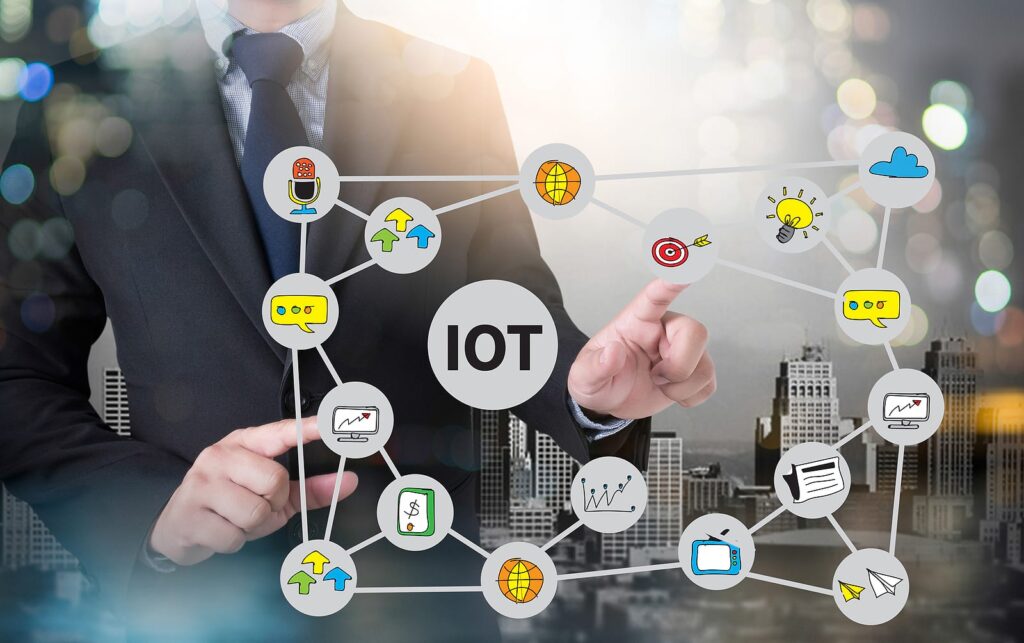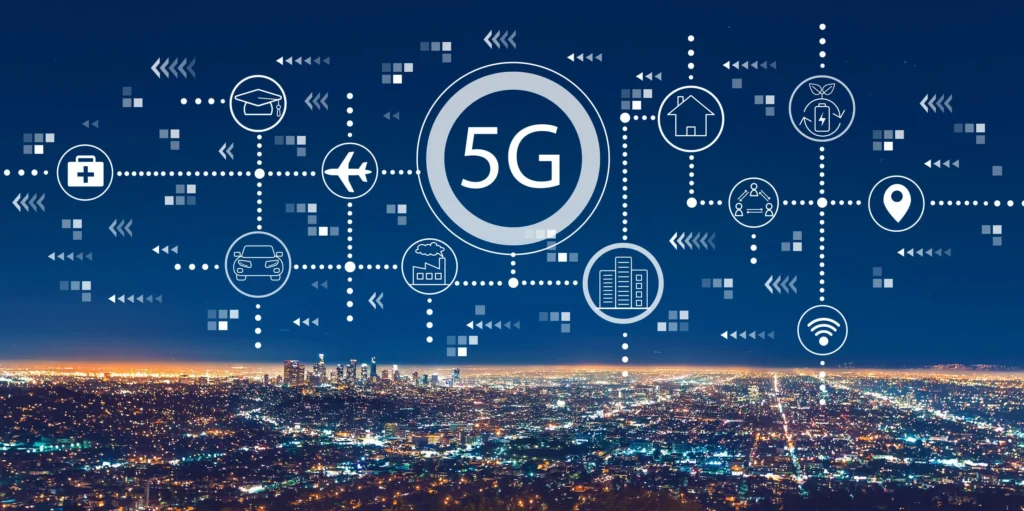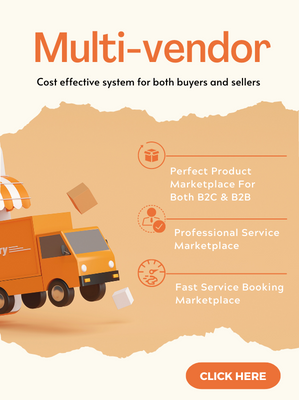IoT, or The Internet of Things, refers to the billions of physical devices around the world that are now connected to the internet, all collecting and sharing data. The Internet of Things (IoT) is making the fabric of the world around us more smarter and more responsive, merging the digital and physical universes. In this article, we will discuss the latest predictions from experts about the Internet of things.
What are the benefits of the IoT for business?
The benefits of the IoT for business depend on the particular implementation. Agility and efficiency are usually top considerations. The idea is that enterprises should have access to more data about their own products and their own internal systems, and a greater ability to make changes as a result.
Manufacturers are adding sensors to the components of their products. So that they can transmit data back about how they are performing. This can help companies spot when a component is likely to fail and to swap it out before it causes damage. Companies can also use the data generated by these sensors to make their systems and their supply chains more efficient. Because they will have much more accurate data about what’s really going on.

While industry-specific products will make the early running. By 2020 Gartner predicts that cross-industry devices will reach 4.4 billion units, while vertical-specific devices will amount to 3.2 billion units. Consumers purchase more devices. But businesses spend more: the analyst group said that while consumer spending on IoT devices was around $725bn last year. businesses spending on IoT hit $964bn. By 2020, business and consumer spending on IoT hardware will hit nearly $3tn.
Worldwide spending on the IoT was forecast to reach $745 billion in 2019, an increase of 15.4% over the $646 billion spent in 2018, according to IDC, and pass the $1 trillion mark in 2022.
Top industries for the IoT were predicted to be discrete manufacturing ($119 billion in spending), process manufacturing ($78 billion), transportation ($71 billion), and utilities ($61 billion). For manufacturers, projects to support asset management will be key; in transportation it will be freight monitoring and fleet management taking top priority. IoT spending in the utility industry will be dominated by smart-grid projects for electricity, gas, and water.
Consumer IoT spending was predicted to hit $108 billion, making it the second largest industry segment: smart home, personal wellness, and connected vehicle infotainment will see much of the spending.
By use case, manufacturing operations ($100 billion), production asset management ($44.2 billion), smart home ($44.1 billion), and freight monitoring ($41.7 billion) will be the largest areas of investment.
Predictions about the future of IoT
You may like: Digital Wallet: Everything retailers need to know
By 2025, it is estimated that there will be more than 21 billion IoT devices
A quick look back shows where IoT devices are going. Consider: In 2016, there were more than 4.7 billion things connected to the internet, according to IOT Analytics. Fast-forward to 2021. The market will increase to nearly 11.6 billion IoT devices.
Cybercriminals will continue to use IoT devices to facilitate DDoS attacks
In 2016, the world was introduced to the first “Internet of Things” malware — a strain of malicious software that can infect connected devices such as DVRs, security cameras, and more. The Mirai malware accessed the devices using default passwords and usernames.
What happened next? The malware turned the affected devices into a botnet to facilitate a Distributed Denial of Service (DDoS) attack, which aims to overwhelm websites with internet traffic. The attack ended up flooding one of the largest website hosting companies in the world, bringing a variety of major, well-known websites and services to a halt for hours.
This particular strain of malware is called “open source,” which means the code is available for anyone to modify.

More cities will become “smart”
Consumers won’t be the only ones using IoT devices. Cities and companies will increasingly adopt smart technologies to save time and money.That means cities will be able to automate, remotely manage, and collect data through things like visitor kiosks, video camera surveillance systems, bike rental stations, and taxis
Artificial intelligence will continue to become a bigger thing
Smart home hubs, thermostats, lighting systems, and even coffee makers collect data on your habits and patterns of usage. When you set up voice-controlled devices, you allow them to record what you say to them and store those recordings in the cloud. In most cases, the data is collected to help facilitate what is called machine learning.
Machine learning is a type of artificial intelligence that helps computers “learn” without someone having to program them. The computers are programmed in a way that focuses on the data that they receive. This new data can then help the machine “learn” what your preferences are and adjust itself accordingly. For instance, when a video website suggests a movie you might like, it’s likely learned your preferences based on your past choices.
Routers will continue to become more secure and smarter
Because most consumer IoT devices reside in the home and can’t have security software installed on them, they can be vulnerable to attacks. Why? A lot of manufacturers work to get their IoT products to market quickly, so security may be an afterthought. This is where the home router plays a very important role. The router is essentially the entry point of the internet into your home.
While many of your connected devices cannot be protected, the router has the ability to provide protection at the entry point. A conventional router provides some security, such as password protection, firewalls, and the ability to configure them to only allow certain devices on your network.
Router makers will likely continue to seek new ways to boost security.
5G Networks will continue to fuel IoT growth
Major wireless carriers will continue to roll out 5G networks in 2019. 5G — fifth-generation cellular wireless — promises greater speed and the ability connect more smart devices at the same time.
Faster networks mean the data accumulated by your smart devices will be gathered, analyzed and managed to a higher degree. That will fuel innovation at companies that make IoT devices and boost consumer demand for new products.

Cars will get even smarter
The arrival of 5G will shift the auto industry into higher gear. The development of driverless cars — as well as the connected vehicles already on the road — will benefit from data moving faster.
You might not think of your car as an Internet of Things device. But new cars will increasingly analyze your data and connect with other IoT devices — including other high-tech vehicles on four wheels.
5G’s arrival will also open the door to new privacy and security concerns
In time, more 5G IoT devices will connect directly to the 5G network than via a Wi-Fi router. This trend will make those devices more vulnerable to direct attack, according to a recent Symantec blog post.
For home users, it will become more difficult to monitor all IoT devices, because they will bypass a central router
On a broader scale, the increased reliance on cloud-based storage will give attackers new targets to attempt to breach.
Security and privacy concerns will drive legislation and regulatory activity
The increase in IoT devices is just one reason security and privacy concerns are rising.
In mid-2018, the European Union implemented the General Data Protection Regulation. GDPR has led to similar security and privacy initiatives in several nations around the world. In the United States, California recently passed a tougher privacy law.
Related Stories:
Order Management System: Powerful benefits – Start using today!
RMA: The benefits for handling returns and how to set up in Magento



